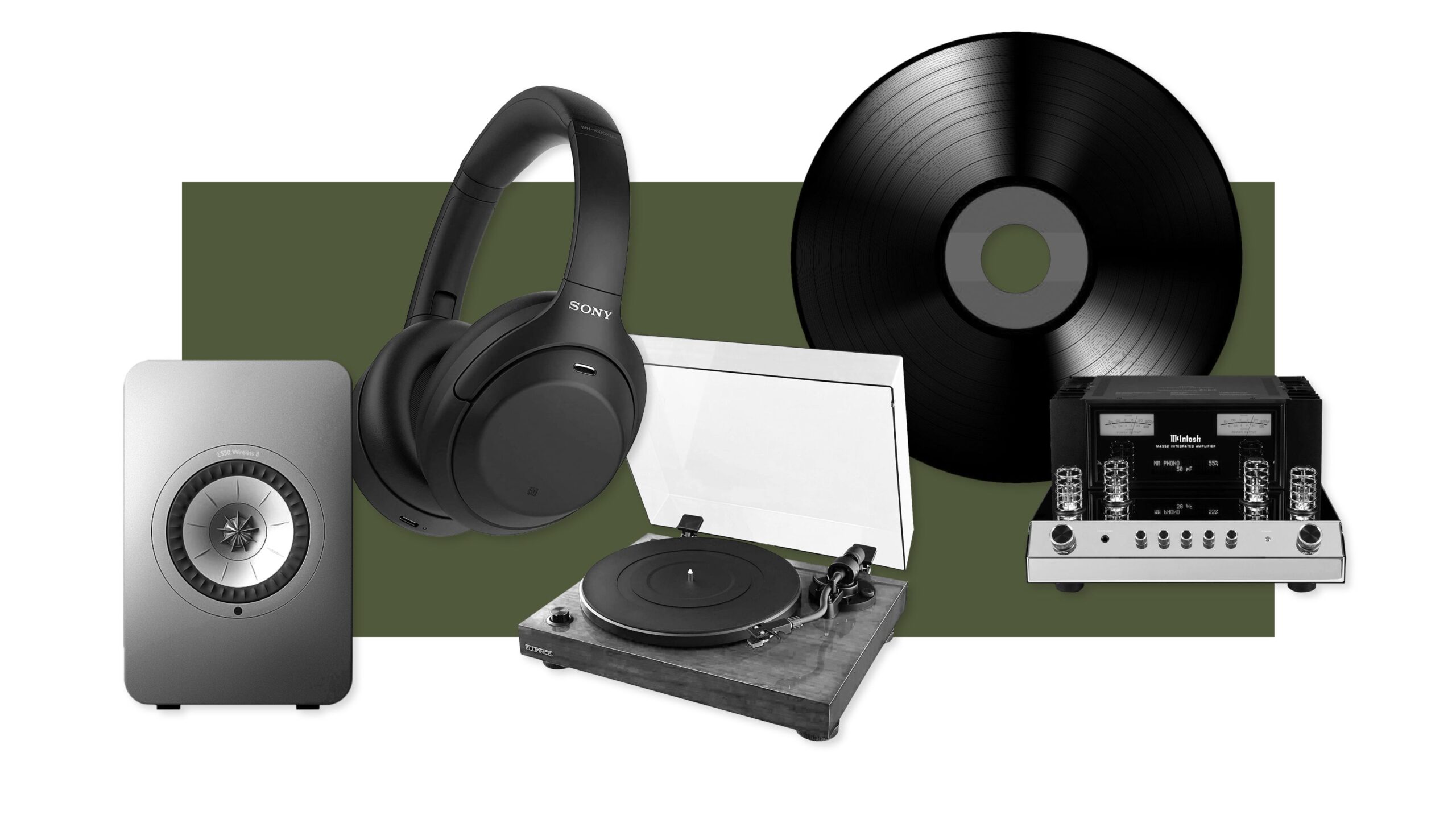
With the advent of streaming, most individuals have become unconcerned about the quality of music they are receiving through their headphones or speakers. However, a small number of people still value the sheer joy that high-quality audio can provide. If you are one of those rare humans who is willing to try new things, this article will provide a comprehensive audiophile setup for beginners.
Source
The most important part of your audiophile journey starts here. This is where your sound is coming from. Even a high-end hi-fi system won’t be able to save a bad audio source. Similarly, if you’re seeking the greatest quality audio source, streaming services like Spotify won’t suffice.
You’ll generally have to rely on digital masters for the most exact portrayal of the studio recording, but they’re difficult to come by and out of reach for most listeners. So, as a novice audiophile, how can you get the most out of your audio source? Depending on your budget, you can choose vinyl records, CDs, or lossless streaming.
Digital Audio Players
Another consideration in the audiophile setup for beginners is digital audio players for those looking to listen to their music on the go. If you want the highest quality of sound in a portable form, consider acquiring a digital audio player (DAP). Many excellent options are available, such as the Fiio M11, which is recommended for beginners. It’s a great-sounding DAP with an integrated amplifier that can play high-resolution audio files.
You can also achieve outstanding sound quality by pairing the Fiio M11 with a nice pair of in-ear monitors or over-ear headphones.
Outputs
After we’ve covered the source, the next stage in your audiophile setup for beginners is to determine the output. This stage of the process is also crucial. Good speakers or headphones can make or break your listening experience.
Speakers
Finally, there are the speakers, specifically the passive speakers. Passive speakers, unlike active speakers, lack the built-in electronics required to amplify the audio signal on their own, necessitating the use of a preamp and power amp. They usually include several drivers, including woofers for low frequencies, tweeters for high frequencies, and mid-range drivers. Passive speakers are the final step in bringing audio to life, and their job is to reproduce frequencies perfectly over the entire spectrum.
Amplifiers
If you choose a passive speaker system, the next piece of equipment you’ll require is an amplifier. The amplifier is in charge of amplifying the signal from your source so that your speakers or headphones can play it at a higher volume. There are numerous varieties of amplifiers, but the two most common are solid-state and tube amplifiers. Solid-state amplifiers are often less expensive than tube amplifiers and produce superb sound.
Although tube amplifiers are less prevalent than solid-state amplifiers, they provide a richer, more natural sound. They are more expensive, but they are worth it if you want the highest sound quality.
Endnote
But keep in mind that it’s not always about the gear. What matters is the listening experience. So, go with whichever setup provides you with the optimum music listening experience and gradually enhances it over time. You’ll have the most fun on your audiophile journey this way.